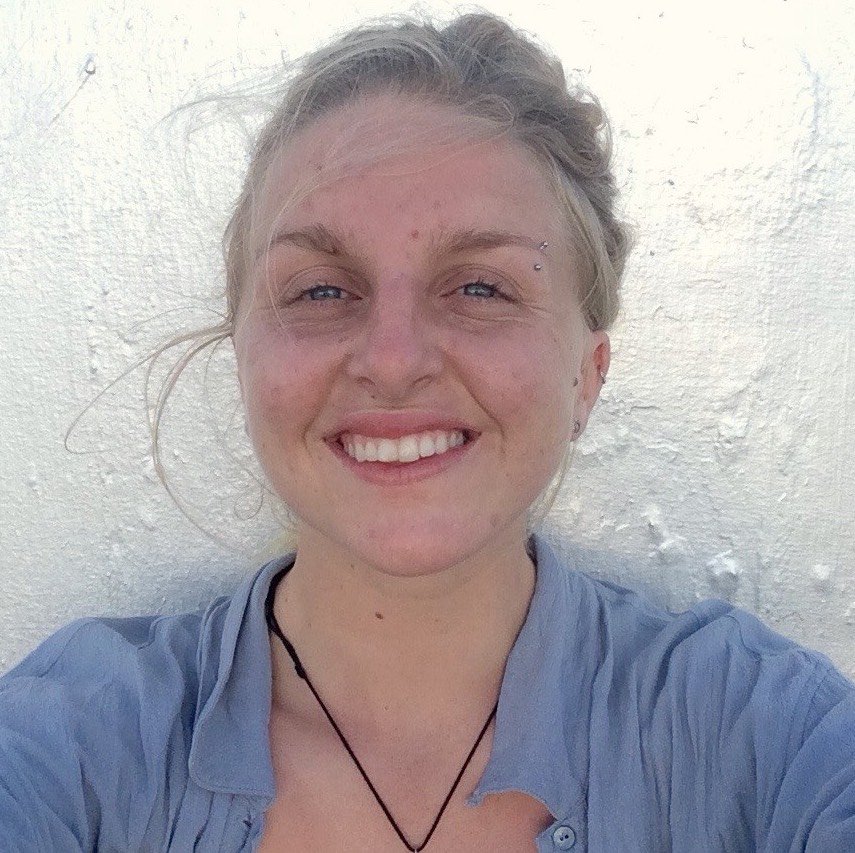Trump Administration Backtracks On Proposal To Expand Offshore Drilling, Saves Florida
Florida offshore oil development removed from the Department of Interior’s proposed five year drilling plan.
The Trump administration has removed all Florida acreage from the offshore drilling expansion proposal that drew bipartisan opposition following its announcement last week.
Secretary of the Interior Ryan Zinke announced the change on Twitter Jan. 9, stating “I am removing Florida from consideration for any new oil and gas platforms.”
Secretary Zinke and the Department of the Interior (DOI) submitted a draft of the five-year drilling plan Jan. 4, seeking to replace the 2017-2022 plan curated by the former administration.
More than 90 percent of the offshore federal land with oil and gas prospect was included in the 47 leases proposed by the DOI for possible auction. The acreage covered by these leases touches on every coastline, notably including California’s federal waters, which have not been expanded upon for the past three decades.
During the mechanical process of offshore drilling, an extraction of petroleum is taken from rock formations below the seabed. Offshore operations begin with exploring for sources of this oil by drilling into the Outer Continental Shelf (OCS). Currently, one of every six barrels of oil produced in the United States comes from the OCS, according to the Bureau of Safety and Environmental Enforcement (BSEE), which grants permits and conducts inspections on production platforms in the Arctic, Gulf of Mexico, and Pacific.
Bipartisan opposition to Florida offshore oil drilling.
Opposition of the proposal was immediately voiced by several politicians in Florida, including Republicans Senator Marco Rubio and Governor Rick Scott. These opinions, according to Zinke, are what prompted the DOI to protect Florida from the construction of new drilling rigs.
“I support the governor’s position that Florida is unique and its coasts are heavily reliant on tourism as an economic driver,” Zinke said. “President Trump has directed me to rebuild our offshore oil and gas program in a manner that supports our national energy policy and also takes into consideration the local and state voice.”
Zinke has not yet clarified if and how the drilling plan will change in reference to the Pacific, Atlantic, and Arctic regions also included in the original proposal.
Offshore drilling on the West Coast.
In the Western U.S., several governors also submitted a joint statement to assure the public that they would resist the offshore expansion.
“For good reason there has been no federal expansion of oil and gas drilling along our shared coastline for more than 30 years,” wrote Governors Kate Brown of Oregon and Edmund G. Brown Jr. of California. “We still remember what happened in Santa Barbara in 1969, Port Angeles in 1985, Grays Harbor in 1988 and Coos Bay in 1999. We remember the oil-soaked beaches and wildlife and the devastating economic impacts to local communities and the fishing industry.”
Santa Barbara oil spill.
Significant offshore drilling began in California in 1921, when legislature first created the oil and gas leasing program that remains active today. By 1929, 850 wells existed in the offshore spaces of the Santa Barbara and Ventura Counties. Through much of the 20th century, legislature fluctuated in their response to the subject of offshore drilling rigs. Bans against further leasing and drilling were lifted and reimposed repeatedly until 1969, when a monumental oil spill devastated the wildlife of Santa Barbara County.

The reach of the 1969 oil spill in the Santa Barbara channel.
Following this incident, which released an estimated 3 million gallons of crude oil into the Santa Barbara Channel, the California State Lands Commission placed a moratorium on expansion in the federal waters of the Pacific OCS. Currently, 26 processing facilities still operate there, but all under leases that were signed previous to 1969.
Deepwater Horizon oil spill in the Gulf of Mexico.
Former President Barack Obama placed a similar moratorium on new offshore rigs in the Gulf of Mexico, following the Deepwater Horizon oil spill and explosion that took the lives of 11 employees in 2010.

An aerial view of the 2010 oil spill in the Gulf of Mexico following the explosion of the Deepwater Horizon drilling rig.
Prior to the tragedy, the Obama administration was also met with preventative opposition when his federal drilling proposal initially included expansion in the arctic OCS. In 2016, Obama had changed his course, and worked to place bans on oil and gas expansion in federally-owned regions of the OCS.
Trump administration and offshore drilling changes.
The new federal drilling plan was only one of two changes in offshore drilling regulations proposed by the Trump administration in the past weeks.
After President Trump expressed that current safety regulations for offshore rigs were overzealous, the BSEE submitted a review and revised set of requirements under the title of Production Safety Systems Rule.
According to the BSEE, these rules address safety and pollution prevention equipment, subsea safety devices, and the testing of those devices, which are all used in oil and gas production.
Most notably, the revised plan will remove device reviewal by an independent third party, a requirement imposed by the Obama administration following the Deepwater Horizon incident.
The new Production Safety Systems Rule is estimated to reduce industry compliance burdens by $228 million over 10 years. It is posted for public viewing and comment until January 29.
Do you support expanding offshore oil development in United States’ waters?
Related stories:
‘Tide Is Turning’: Cheers Erupt for NYC’s Suit Against Fossil Fuel Giants and Divestment
Navajo Nation, Patagonia file lawsuits after Trump shrinks National Monuments
I was an Exxon-funded climate scientist










